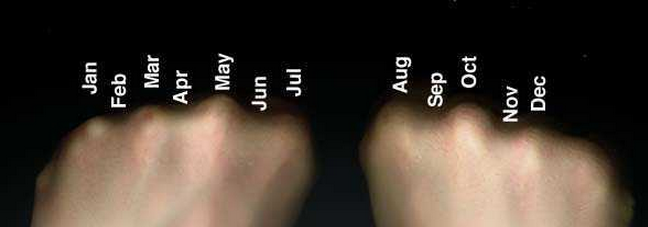If you’ve already read the articles Memory 101 and Memory 102 then start reading from the “Mnemonics” heading two paragraphs below this message.
In the previous two articles in this memory series I wrote about how, in order to remember something new, it’s necessary to link new knowledge to existing knowledge. We called this existing knowledge ‘memory anchors’. There are two main ways that we can link new knowledge to old knowledge. The first is anchoring for meaning and the second is through using mnemonics. This article addresses the latter.
Anchoring for meaning is a much stronger way of building memory connections than mnemonics is. Anchoring for meaning means we logically connecting ideas in ways that reflect how those concepts are actually linked in the real world. However, there will be times when anchoring for meaning isn’t possible (see the bottom of the anchoring for meaning article for examples) In times like these a Mnemonic are your best bet.

Mnemonics
Mnemonics are an array of memory techniques that can be used to memorise something. They can be linked to something on your body, someone you know, or something you’ve imagined. One of the key things to be sure of when you’re making a mnemonic is that the thing you’re attaching the new info to isn’t going to disappear (ie: it’s a good memory anchor), eg: tThe hands in the above picture aren’t going anywhere… hopefully. Here are some of the key mnemonic methods.
- Acronyms: This is when you create a word where each of the letters of that word is the start of another word. An example of this would be S.A.(U).L.T. This acronym stands for Survey, Acquire, Understand, Link, Train, and is the one that I use to remember the five steps of efficient learning. When making an acronym, it’s ideal to make it in such a way that the word that’s the basis of the acronym (S.A.(U).L.T) is easy to remember itself (this one looks like SALT, with a bowl of salt ‘U’ in the middle). These are great for remembering combinations of words or concepts.
- The Link Method: The link method is when you link various things together in any way you like, often this works best if you visualise them being linked together. This is a great way to remember lists of objects. For an example of the link method in use see this article.
- Method of Loci, aka: Journey Technique: Method of Loci is a fantastic method for remembering things such as speeches or essays. You think of a location that you already know well, such as your house, and you attach different points from the speech or essay to different locations in the house. For an inspiring example of this see Joshua Foer’s TED Talk on it.
- Stories are pretty self explanatory. This is a good one for teachers. If you are looking to teach your lesson in the format of a story, the four key components of a good story are causality, conflict, complications and strong characters (the 4 Cs). How to make this work is a bit harder than it sounds and for those interested in exploring storytelling further, Daniel Willingham in suggests the book: Druxman, M. B. (1997). The art of storytelling: How to write a story.
- Songs: Awesome! put the info you want to remember into a song : )
- Analogies: I leave analogies at the end here because they’re half way between anchoring for meaning and mnemonics. They’re finding an example of something that we already know where some key characteristic/relationship reflects a key characteristic/relationship in the new thing that we’re trying to learn. Analogies are a powerful way of understanding difficult concepts and I discuss them in more detail in this article about understanding.
Mnemonics require creativity to come up with. Perhaps you struggle writing songs, so maybe that isn’t a good one for you, perhaps you have trouble visualising things, maybe the link method isn’t going to be that useful. Regardless, successful use of mnemonics is something that is going to take time and practice to develop. I must stress, mnemonics can be anything. It’s simply a creative way of linking ideas together in such a creative, funny, emotive, sad, etc way that you’re not going to forget it!
You can often find mnemonics that others have found helpful such as SOHCAHTOA or ELI the ICE man. That said, mnemonics that you make up yourself are more likely to stick in your head batter.
Once you got a mnemonic for a concept the next step is to practice it frequently enough that you remember it! This brings us to the last of the 5 steps to efficient learning, Train.